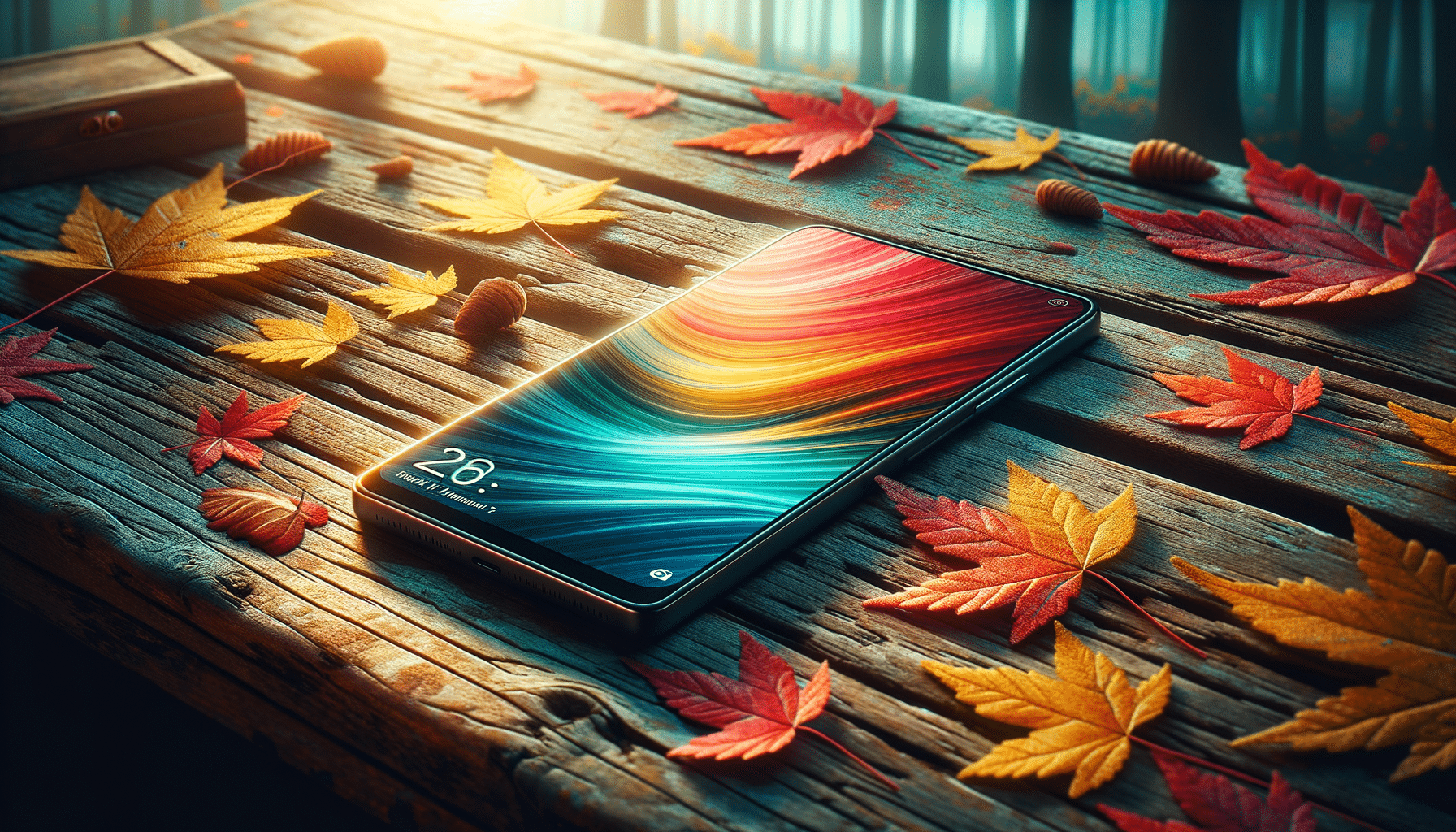
Virtual Influencers: The Rise of Digital Fashion Icons
The digital landscape continually reshapes how we perceive fashion and influence, and one of the most intriguing developments in recent years is the emergence of virtual influencers. These digital personas are not only capturing the attention of fashion enthusiasts but are also challenging traditional notions of authenticity in the influencer space.
Virtual influencers, or computer-generated characters, are making waves in the fashion world, offering brands a novel way to engage with audiences. Unlike traditional influencers, virtual ones are entirely crafted by digital artists and developers, allowing them to become the epitome of perfection without the constraints of human limitations.
The Digital Fabric of Fashion
According to a report by Forbes, virtual influencers have become a significant part of marketing strategies for fashion brands. They are highly customizable, enabling brands to create a consistent and controlled narrative that aligns with their image.
Why Virtual Influencers?
One of the key advantages is their ability to be present anywhere at any time. As noted by digital marketing expert Lucy James, “Virtual influencers can transcend barriers that human influencers face, such as time zones and physical availability.” This makes them an attractive option for global campaigns.
Engagement and Authenticity
Although they are not real, virtual influencers can foster genuine engagement. Brands often equip them with detailed backstories and personalities, making them relatable and engaging for audiences. A study by Harvard Business Review highlighted that virtual influencers often see higher engagement rates compared to their human counterparts.
Let’s take a look at how virtual influencers stack up against traditional influencers:
| Aspect | Virtual Influencers | Traditional Influencers |
|---|---|---|
| Customization | Highly customizable | Limited by personal style |
| Availability | 24/7 | Limited by personal commitments |
| Cost | Varies | Often high |
| Engagement | High potential | Varies |
| Authenticity | Constructed | Natural |
| Storytelling | Controlled | Personal |
| Scalability | High | Moderate |
| Flexibility | Unlimited | Limited |
Pro Tips for Brands
Consider integrating virtual influencers into your marketing strategy for a fresh perspective. They can offer unique storytelling opportunities that resonate with diverse audiences.
Future of Fashion Influencing
As technology advances, the line between virtual and reality continues to blur. Virtual influencers are not only a fleeting trend but a staple in the digital marketing landscape, promising to reshape the influencer marketing industry.
Frequently Asked Questions
Are virtual influencers more effective than traditional ones?
Effectiveness varies based on the campaign goals and target audience. Virtual influencers offer unique storytelling opportunities and high engagement rates.
How do brands measure the success of a virtual influencer campaign?
Success is typically measured through engagement metrics such as likes, shares, and comments, as well as conversion rates and brand visibility.
In conclusion, virtual influencers are not only changing how brands connect with audiences but also setting new standards for creativity in the fashion industry. As more companies embrace these digital icons, it’s clear that the future of fashion will be as much about pixels as it is about fabric. Stay tuned to see how this dynamic field continues to evolve, and don’t hesitate to explore the potential of virtual influencers in your own marketing strategies.


